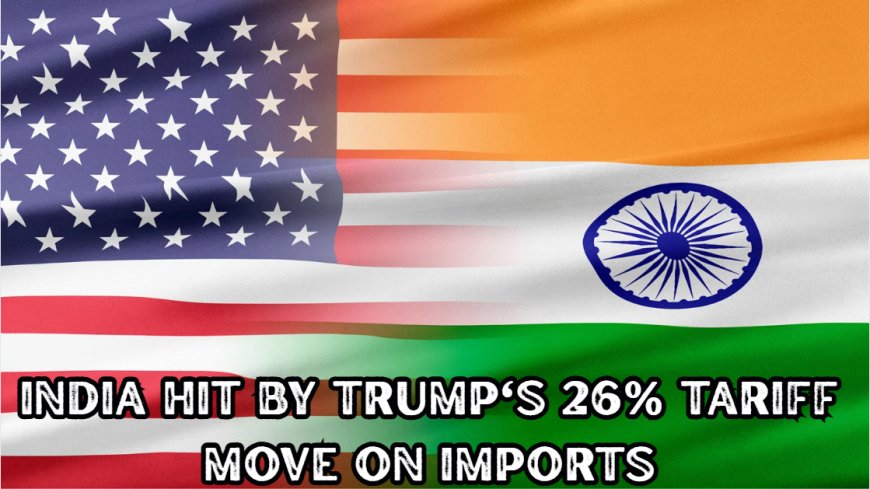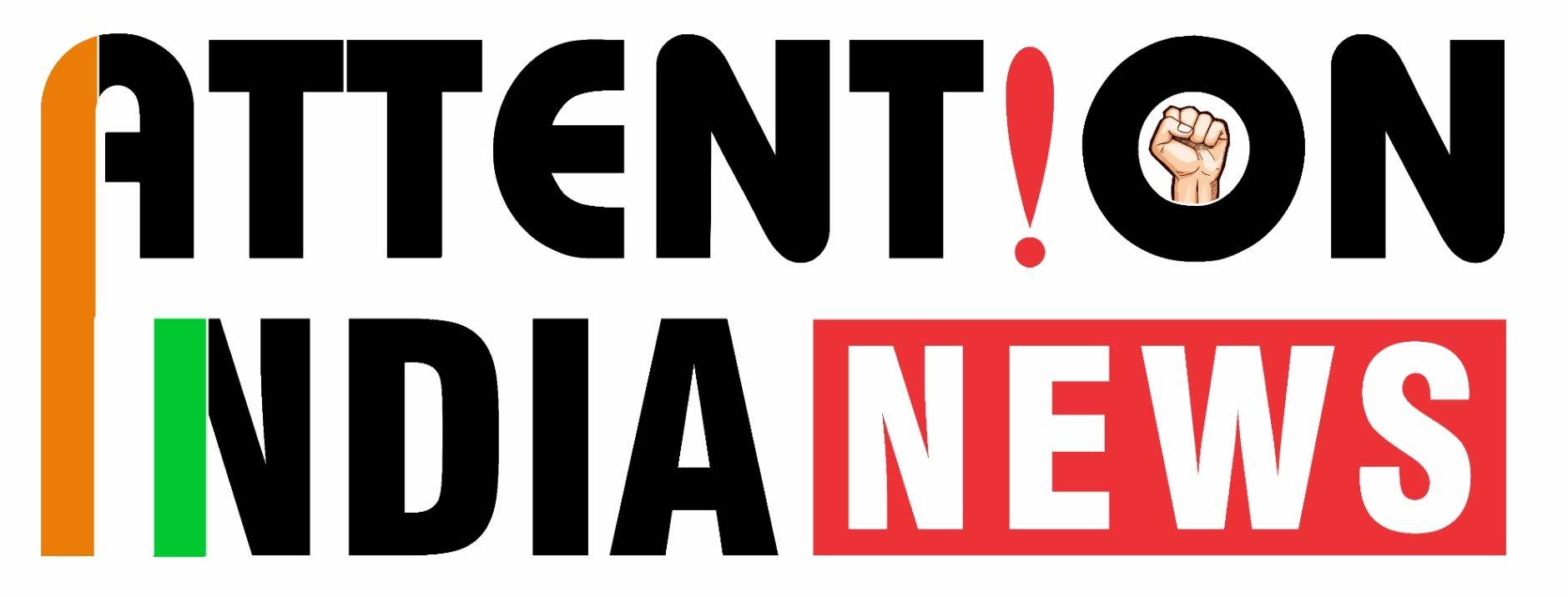India Hit by Trump's 26% Tariff Move on Imports
India’s commerce ministry has said it is studying the situation and listening to feedback from exporters and industries.

Mumbai (Maharashtra) [India] April 9: On Wednesday morning, Indian traders woke up to a sharp hit — a 26% import tariff by the US. Announced by President Donald Trump on April 3, this change came as a part of his new trade strategy. India, often seen as a friendly trade partner, found itself facing one of the highest new tariffs. This unexpected move left many small exporters in cities like Surat and Ludhiana confused and worried about the future.
Modi and Trump: A Friendship Under Pressure
President Trump had praised Prime Minister Narendra Modi as "a great friend" but said India was not being fair to America. He argued that since India charged high tariffs on American products, the US would now respond similarly. While leaders had shown warmth during past meetings, this sudden move has brought tension into a relationship once called strong. In fact, India had earlier tried to smooth trade talks with the US after similar friction in 2018.
Impact on Common Businesses
Traders dealing in textiles, chemicals, and small machinery are likely to feel the heat first. Cities like Panipat, known for bedsheets and carpets, and Rajkot, famous for machine tools, may face order cancellations. For many, this could mean delayed payments and lost customers. With prices rising due to the new taxes, American buyers may now look to other countries like Bangladesh or Vietnam, affecting India’s place in the global trade market.
What Happened in the Past?
India and the US have had trade disagreements before too. In 2019, the US removed India from its GSP (Generalized System of Preferences) list, which allowed some Indian goods to enter duty-free. India had answered with its own tariffs on American goods like almonds and apples. But this 26% is the highest yet. It reminds many of the time during the early 2000s when trade talks between India and the US also saw big ups and downs.
India’s Calm But Careful Response
India’s commerce ministry has said it is studying the situation and listening to feedback from exporters and industries. The government wants to keep the country's long-term trade goals in mind. They believe that every challenge also brings some opportunity. For example, some Indian businesses may now explore trade with Europe or Africa instead. While India is not rushing to answer with its own tariff, it is surely planning its next steps with care and strategy.

 Aryan K
Aryan K 





